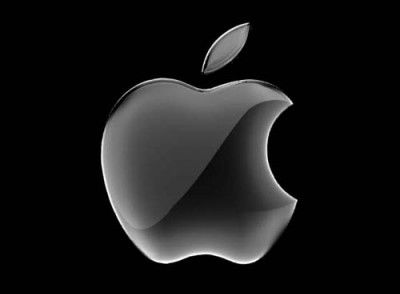Apple’s Self Driving Car Deadline Slips Again

Much delayed self-driving electric car from Apple is reportedly now going to be launched in 2026, after yet another delay
Apple continues to push back the arrival of its self-driving electric car – a project that has been rumoured since 2014.
Bloomberg reported, citing people with knowledge of the matter, that Apple has scaled back its plans for an self-driving electric vehicle, and postponed the car’s target launch date to 2026.
The iPhone maker’s shares fell 2.4 percent following the report, and it comes after many delays to the firm’s automotive efforts, otherwise known as Project Titan.

Apple patents
According to the report, Apple is now planning a less-ambitious design that will include a steering wheel and pedals, and only support full autonomous capabilities on highways (motorway), the people told Bloomberg.
Previously it was reported that Apple’s ideal car would have no steering wheel and pedals, and its interior would be designed around hands-off driving.
The new Bloomberg report however added that Apple plans to develop a vehicle that lets drivers conduct other tasks on a freeway and be alerted with ample time to switch over to manual control.
Interesting details about Apple’s car were revealed in December 2021 after an investigation of it’s patent filings, by the popular YouTube channel CarWow.
For example, Apple has patented the idea of placing a OLED screen along the width of the car itself on both sides, creating a changeable display (or wallpaper) visible to people outside the vehicle.
This could allow the displaying the speedometer of the car on the bodywork.
Another patent image revealed various patterns on the bodywork screen, which suggests the ability to add customisable images, messages, patterns or other pictures down the side of the Apple car.
This ability to easily customise the look of a car could have a significant impact on many custom workshops and businesses around the world.
But this ability for the body of the Apple car to display particular images could also have a major safety benefit.
For example, if a driver made an emergency stop, the car’s entire body could flash emergency stop messaging to warn other drivers.
Project Titan
Whatever these patents may or may not reveal, it is certainly no secret that Apple has been developing Project Titan for many years now.
Ever since 2014, Apple was rumoured to be releasing an electric car sometime in 2019.
Rumours were strengthened in July 2015 when CEO Tim Cook was in spotted in Germany, amid reports that Apple was close to agreeing a partnership with BMW.
Apple was reportedly at the time going to use the BMW i3 vehicle as the basis for its ‘Apple Car’.
![]()
That partnership would have solved the manufacturing issue, as Apple doesn’t actually make its own devices. Most of its iPhones for example are made by a third party (Foxconn etc).
Car makers on the other hand have their own purpose-built factories and build their own products, and the BMW tie up would have solved Apple’s lack of experience in building actual vehicles.
But when 2019 arrived (the year when its first car was expected) Apple actually scaled back its ambitions at Project Titan, and laid off 190 people from the team.
Then in December 2020 it was reported that Apple had set 2024 as the deadline to produce a passenger vehicle, with a new battery design to ‘radically’ reduce cost and increase range.
But in September 2021, respected car veteran Doug Field, who was vice president of special projects at Apple and in charge of Project Titan, departed the iPad maker.
![]()
Prior to that in February 2021, South Korean car maker Hyundai (which includes Kia) said it was not in talks with Apple to develop self-driving cars, despite media speculation at the time.
Then in November 2021 Apple once again delayed the arrival of its car to a target date of 2025.
For Apple, the challenges facing Project Titan only seem to be ramping up, as established car makers and new start-ups are forging leading EV positions in key markets such as China, US, and Europe.